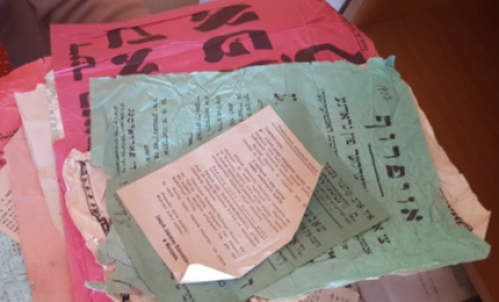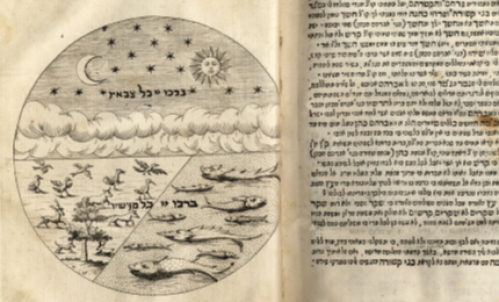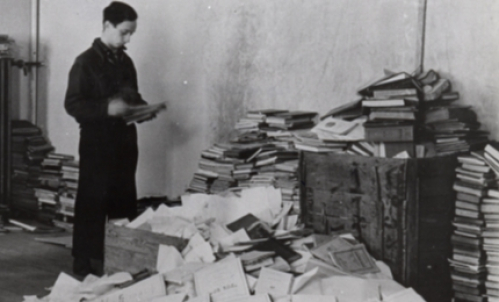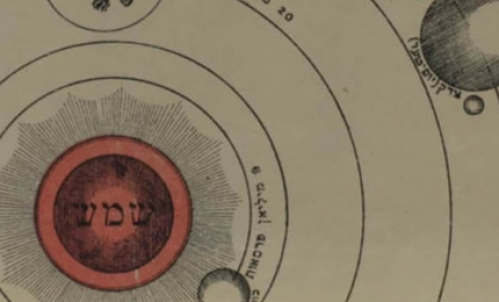The Twisted Scriveners of the Tribe: Just How “Jewish” is Cartooning?
|
3 sessions, Wednesdays:
January 9, 16, 23 Instructor: Ken Krimstein Tuition: $275 |
Registration is closed. |
Special Guests:
January 9 – Roz Chast and David Sipress
January 16 – Peter Kuper and Mort Gerberg
January 23 – Amy Kurzweil
What is it with Jews and cartoons? (And comics, comic books, caricatures, and graphic novels?) You have to admit, a whole lot of images have been engraved on a whole lot of printing plates over the years—from dashing inter-war caricatures by Leizer Kagan in Vilna to the daring political satires of Max Ginsberg in inter-war Kaunas to Al Hirschfield’s defining representations of “The Great White Way.” And let’s not forget Siegel and Schuster, two Jewish lads from Cleveland who transformed the Golem from a lump of clay into a tights-wearing man of steel (and a zillion dollar industry). Jewish-made jottings have graced The New Yorker since the 1920’s (at one point all three of the Rose cartoonist brothers were selling to the magazine), while William Steig and Syd Hoff brought Lower East Side patois to its illustrious pages. And then there was Maus, the memoir that defined a new genre of graphic novels – picture books with words that stand side-by-side the classics of Literature. Not to mention the usual gang of “idiots” (as they dubbed themselves) over at William Gaines’s Mad Magazine (Jaffe, Drucker, et al.), and its parent, E.C. Comics (Kurtzman, Krigstein, Feldstein etc.), who, according to psychiatrist, Dr. Frederick Wertheim’s Seduction of the Innocent, was a subversive and serious cause of juvenile delinquency.
“I am a writer who draws,” stated legendary cartoonist Saul Steinberg. This intensive course continues that mindset and will challenge you to to ponder deeply about thinking in ink and exploring why and how the prohibition on images spurred so many images. The course will cover and comprise: Reading. Questioning. Looking and exploring. There will even be drawing (no skill needed) as well as guest appearances from cartoonists and editors, depending on availability, such as S. Gross, Bob Mankoff, Drew Friedman, Ben Katchor, Ed Koren, Charles Kochman and who knows who else? In addition, Mr. Krimstein will share some trade secrets and let the class in on his own process as he develops his next project, a graphic novel of the recently discovered lost diaries of inter-war Jewish teens, rescued by the “The Book Smugglers” and uncovered recently in Vilnius, Lithuania.
You may laugh. You may cry but you’ll definitely gain an insight into how, and why this illustrative communication medium continues to grow and evolve. Together we’ll explore what exactly it is about the Yiddisher Kop (and hand) that has helped create what Art Spiegelman describes as “the art of turning time back into space.”
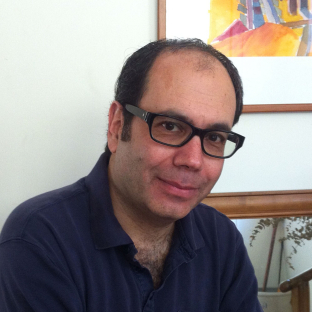
Ken Krimstein’s cartoons have been published in the New Yorker, Barron's, The Harvard Business Review, Prospect Magazine, Punch, The National Lampoon, the Wall Street Journal, Narrative Magazine, and three of S. Gross’s cartoon anthologies. His humor writing has been in The New York Observer’s “New Yorker’s Diary” and humor websites, including McSweeney’s Internet Tendency, Yankee Pot Roast, and Mr. Beller’s Neighborhood. Ken is also an advertising creative director who has taught writing at The School of the Art Institute of Chicago. He is currently a professor at De Paul University.
Ken’s latest book, The Three Escapes of Hannah Arendt (Bloomsbury, 2018), is a page-turning, graphic biography of the most prominent philosopher of the 20th century, in the same vein as Persepolis and Logicomix.
**Become a member today, starting at $54 for one year, and pay the member price for classes! You’ll save $21 right now, and more on future classes and public programs tickets.
